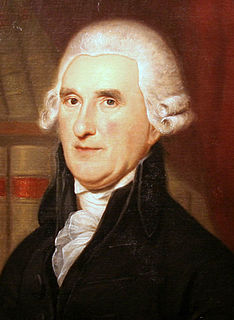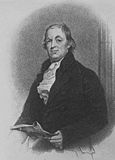
The 1940 United States House of Representatives elections coincided with President Franklin D. Roosevelt's re-election to an unprecedented third term. His Democratic Party narrowly gained seats from the opposition Republican Party, cementing their majority. However, the election gave firm control of the US House of Representatives and Senate to the New Dealers once again, as Progressives dominated the election.

The Illinois gubernatorial election of 2006 occurred on November 7, 2006. The Governor of Illinois, Democrat Rod Blagojevich, won re-election for a four-year term scheduled to have ended on January 10, 2011. However, Blagojevich was impeached and convicted in 2009. Many observers expected the race to be close, especially considering the polling, which has shown Governor Blagojevich had a high disapproval rating. However, the Republicans had fared poorly in elections since 2002 due to scandals involving prior Governor George Ryan, and the increasingly unpopular presidency of George W. Bush.
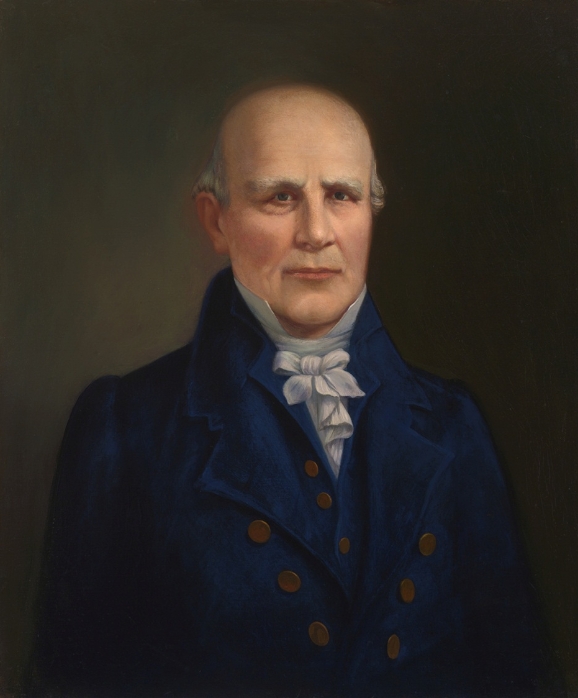
Elections to the United States House of Representatives for the 8th Congress were held at various dates in each state, from April 26, 1802 to December 14, 1803 during Thomas Jefferson's first term in office. It was common in the early years of the United Congress for some states to elect representatives to a Congress after it had already convened. In the case of the 8th Congress, the representatives from New Jersey were only elected after its first meeting on October 17, 1803.

The 1974 California gubernatorial election took place on November 5, 1974. The primary elections occurred on June 4, 1974. Incumbent Governor and former actor Ronald Reagan was retiring after two terms. Democratic Secretary of State Jerry Brown, son of former Governor Pat Brown, defeated Republican Controller Houston I. Flournoy in the general election.
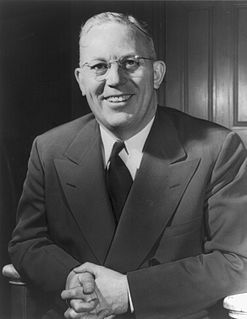
The California gubernatorial election, 1946 was held on November 5, 1946. It is notable in that the incumbent, Governor Earl Warren, was nominated by both the Republican and Democratic parties, as well as the Progressive party. Warren subsequently was reelected in the general election with more than 90% of the vote.

The Louisiana gubernatorial election of 2011 was held on October 22 with 10 candidates competing in a nonpartisan blanket primary. The incumbent, Bobby Jindal, was elected to a second term as governor of Louisiana. Since he received an outright majority of the vote in the blanket primary, a runoff election that would have occurred on November 19 was unnecessary.
The United States Senate elections of 1802 and 1803 were elections for the United States Senate which had the Democratic-Republican Party assume an overwhelming control thereof.
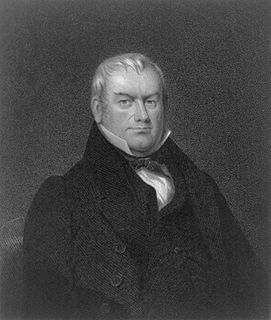
The Pennsylvania gubernatorial election of 1832 occurred on November 6, 1832. Incumbent Governor George Wolf, a Democrat, defeated Anti-Masonic candidate Joseph Ritner to win re-election.

The Pennsylvania gubernatorial election of 1826 occurred on November 7, 1826. Incumbent Democratic governor, John Andrew Shulze, defeated Federalist candidate John Sergeant by a wide margin.

The Pennsylvania gubernatorial election of 1823 occurred on November 4, 1823. Incumbent Federalist governor, Joseph Hiester, did not seek re-election. The Democratic candidate, John Andrew Shulze, defeated Federalist candidate Andrew Gregg.

The Pennsylvania gubernatorial election of 1820 occurred on November 7, 1820. Incumbent Democratic-Republican governor William Findlay sought re-election but was defeated U.S. Representative Joseph Hiester. Findlay entered the race with significantly reduced popularity. He had been renounced in the press as an opponent of democracy due to his nomination during the 1817 campaign by a group of party insiders. He additionally faced allegations of corruption over the misappropriation of funds during his tenure as State Treasurer, although all charges were dismissed during impeachment proceedings before the State Legislature. For this campaign, Findlay was chosen for a slot on the ballot at a popular convention of Democratic Republicans; Hesiter was selected at a separate convention of Federalists and "Old School Democrats". The sour state of the economy was a key factor in the defeat of the incumbent, as Pennsylvania was reeling from the effects of the Panic of 1819.
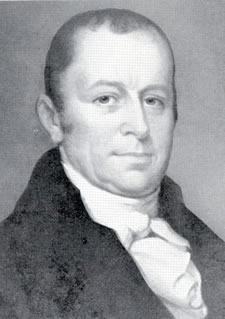
The Pennsylvania gubernatorial election of 1811 occurred on November 5, 1811. Incumbent Democratic-Republican governor Simon Snyder won re-election over Federalist candidate William Tilghman, the Chief Justice of the Pennsylvania Supreme Court, by a wide margin. Two of the major policy goals on which Snyder campaigned were increasing spending for infrastructural upgrades and authorizing the transfer of governmental operations from Lancaster to Harrisburg.

The Pennsylvania gubernatorial election of 1808 occurred on November 8, 1808. Incumbent governor Thomas McKean, a former Democratic Republican who had faced impeachment by members of his own party during the prior term, was not a candidate. Democratic-Republican candidate Simon Snyder, former Speaker of the Pennsylvania House of Representatives defeated Federalist candidate and former U.S. Senator James Ross to become Governor of Pennsylvania. Snyder, with the aid of a supportive press, campaigned as a "New School Democrat" and attempted to ally himself with James Madison. He painted the former McKean administration as elitist and advocated for popular democracy, governmental intervention in the economy, and infrastructural support for Western Pennsylvania counties.
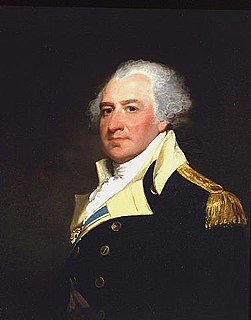
The Pennsylvania gubernatorial election of 1796 occurred on November 8, 1796. Incumbent Democratic-Republican governor Thomas Mifflin successfully sought re-election to a third term. For the second consecutive election, he was victorious over U.S. Representative Frederick Muhlenberg, the Federalist candidate, by a wide margin.

The Pennsylvania gubernatorial election of 1793 occurred on November 5, 1793. Incumbent Democratic-Republican governor Thomas Mifflin successfully sought re-election to another term, defeating Federalist candidate and U.S. Representative Frederick Muhlenberg.

The Pennsylvania gubernatorial election of 1844 occurred on November 5, 1844. Incumbent Democratic governor David R. Porter was not a candidate for re-election. Democratic candidate Francis R. Shunk defeated Whig candidate Joseph Markle to become Governor of Pennsylvania.

The Pennsylvania gubernatorial election of 1906 occurred on November 6, 1906. Incumbent Republican governor Samuel W. Pennypacker was not a candidate for re-election. Republican candidate Edwin Sydney Stuart defeated Democratic candidate Lewis Emery, Jr. to become Governor of Pennsylvania.

United States gubernatorial elections were held on November 4, 1969 in two states and one territory, with a January 7 special election held in Maryland. Republicans achieved a net gain of one in these elections.

A general election was held in the U.S. state of Rhode Island on November 6, 2018. The party primaries for the election occurred on September 12, 2018. All of Rhode Island's executive officers went up for election as well as Rhode Island's Class I U.S. Senate seat and both of Rhode Island's two seats in the United States House of Representatives.
